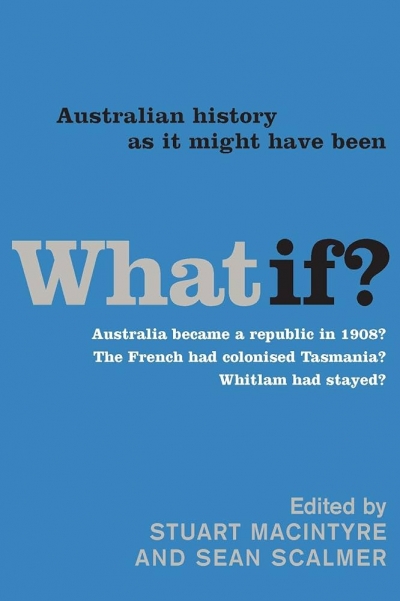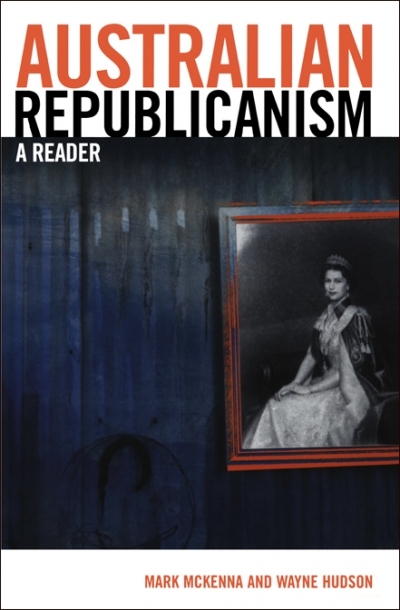Melbourne University Publishing
What If?: Australian history as it might have been edited by Stuart Macintyre and Sean Scalmer
by John Hirst •
The Howard Factor edited by Nick Carter & The Longest Decade by George Megalogenis
by Neal Blewett •
The New Puritans: The rise of fundamentalism in the Sydney Anglican Church by Muriel Porter
by Philip Harvey •
Medievalism and the Gothic in Australian Culture by Stephanie Trigg
by Gregory Kratzmann •
Neal Blewett reviews 'Losing It' by Annabel Crabb, 'Loner: Inside a Labor tragedy' by Bernard Lagan, and 'The Latham Diaries' by Mark Latham
by Neal Blewett •
Although you might not guess it from media comment, The Latham Diaries (MUP, $39.95 hb, 429 pp, 0522852157) is the most important book yet published on Labor’s wilderness years. It provides a pungent characterisation of Labor’s post-1996 history; conveys a profound understanding of the challenges facing a social democratic party in contemporary Australia ...
... (read more)Traumascapes: The power and fate of places transformed by tragedy by Maria Tumarkin
by Stephen Muecke •
The Artificial Horizon: Imagining the Blue Mountains by Martin Thomas
by Rachel Buchanan •
Australian Republicanism: A reader by Mark McKenna and Wayne Hudson
by Guy Rundle •
The History Wars by Stuart Macintyre and Anna Clark & Whitewash edited by Robert Manne
by Tony Birch •









